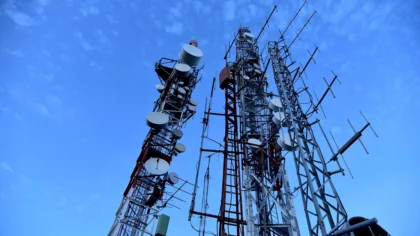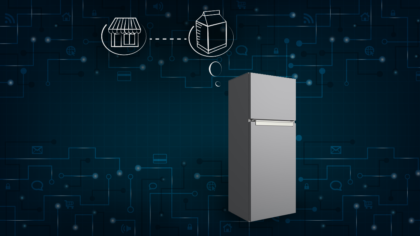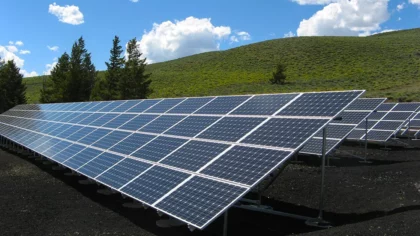Accelerate Productivity in 2025
Reignite Growth Despite the Global Slowdown
Staying ahead of the technology curve means strengthening your competitive advantage. That is why we give you data-driven innovation insights into technologies advancing utilities. This time, you get to discover 5 hand-picked immersive technologies impacting utilities.
Global Startup Heat Map highlights 5 Top Immersive Technologies Impacting Utilities out of 179
The insights of this data-driven analysis are derived from the Big Data & Artificial Intelligence-powered StartUs Insights Discovery Platform, covering 2.093.000+ startups & scaleups globally. The platform gives you an exhaustive overview of emerging technologies & relevant startups within a specific field in just a few clicks.
The Global Startup Heat Map below reveals the distribution of the 179 exemplary startups & scaleups we analyzed for this research. Further, it highlights 5 startups that we hand-picked based on criteria such as founding year, location, funding raised, and more. You get to explore the solutions of these 5 startups & scaleups in this report. For insights on the other 174 immersive technologies impacting utilities, get in touch.
ARUtility offers Augmented Reality (AR)-based Asset Localization
Electric and water assets including cables and pipes are often located underground or between buildings. This increases the chances of damage and risk during construction or maintenance work. To enable safe working conditions and to avoid the destruction of assets, utilities leverage immersive technology. Startups are working on augmented and virtual reality (VR) apps and software platforms to locate assets and manage utility infrastructures.
US-based startup ARUtility develops utility asset localization, visualization, and building management solutions. The startup’s AR application visualizes asset infrastructures above and below the ground level. This limits damages during construction and simplifies asset management. The AR application also localizes utility assets by displaying them around the users, thus improving work efficiency and remote monitoring.
Cyblix provides Utilities Infrastructure Management
Workers in the utility sector are often under-equipped. This increases the chances of accidents such as electric shocks while working. Visualizing broken cables or leaking water pipes, that are often hidden from plain sight, is crucial to increase worker safety. This is why startups use augmented and virtual technology to visualize assets and manage asset infrastructure.
Portuguese startup Cyblix builds an AR-assisted system for utility infrastructure management. The startup’s AIM platform integrates sensor technology, geographical information systems (GIS), and AR. It creates 3D models for utility infrastructures such as water, gas, and electricity. Thereby the solution streamlines on-site utility management and reduces operation and maintenance costs. Moreover, AIM improves worksite safety for the workers as it also reduces accidents.
Oncor Reality facilitates Utility Worker Training
Working on renewable energy infrastructures such as solar panels and wind turbines is often challenging due to their hard-to-reach, remote locations. People working on these sites undergo on-site training that further increases the cost and risk for utilities. This is why utility companies use immersive technologies to simulate the site environment to train workers remotely.
British startup Oncor Reality designs digital models of energy infrastructures. The startup provides augmented and virtual reality solutions for utility work training in energy infrastructure. Oncor Reality enables pre-training of workers with photo-realistic and immersive technology. This prepares workers for tasks in remote and hazardous environments while keeping them safe.
InfiVR provides VR-based Emergency Preparedness
Workers in the petroleum refining industry often face hazardous working environments. Thus, they need to be aware of the whole plant infrastructure, and emergency evacuation routes. As these plants span over large areas, it is practically impossible for workers to perfectly remember and execute safety protocols during accidents. 3D modeling solutions based on AR & VR allow workers to find the closest path for evacuation.
Indian startup InfiVR provides immersive technology for utility companies working with oil and gas, windmills, and more. The startup’s interactive VR solution of a complete petroleum processing plant enables remote servicing, assistance, and safety training. InfiVR also designs evacuation plans and disaster management simulation solutions. The startup’s VR solution offers emergency, evacuation, and safety training on-site and is customizable and ready to deploy in any remote location.
V-Labs facilitates Geospatial Augmented Reality
The survey and maintenance of pipes and cables regularity disrupt supply. Subsurface utility engineering solutions, on the other hand, allow utilities to visualize infrastructure lying beneath our roads and pavements, enabling maintenance without disruptions. That is why many emerging companies are working on AR and VR-based hardware and software applications that accurately map the location of assets in 3D. This makes visualization easy, limits the maintenance time, and enhances the safety of workers.
Swiss startup V-Labs builds AR solutions for surveying and evacuation works of cables and pipes. The startup builds real-time kinematic positioning (GNSS/RTK) integrated AR glasses that visualize GIS and 3D scans of underground grids. V-Labs’ plug-and-play solution increases surveying efficiency and reduces damages to asset infrastructure. The solution also provides step-by-step work instruction to simplify the work and improve quality.
Discover More Startups
Startups such as the examples highlighted in this report focus on electrification, connectivity as well as operational efficiency. While all of these technologies play a major role in advancing utilities, they only represent the tip of the iceberg. To explore more technologies, simply get in touch to let us look into your areas of interest. For a more general overview, you can download one of our free Industry Innovation Reports to save your time and improve strategic decision-making.
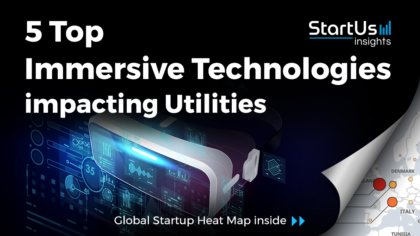
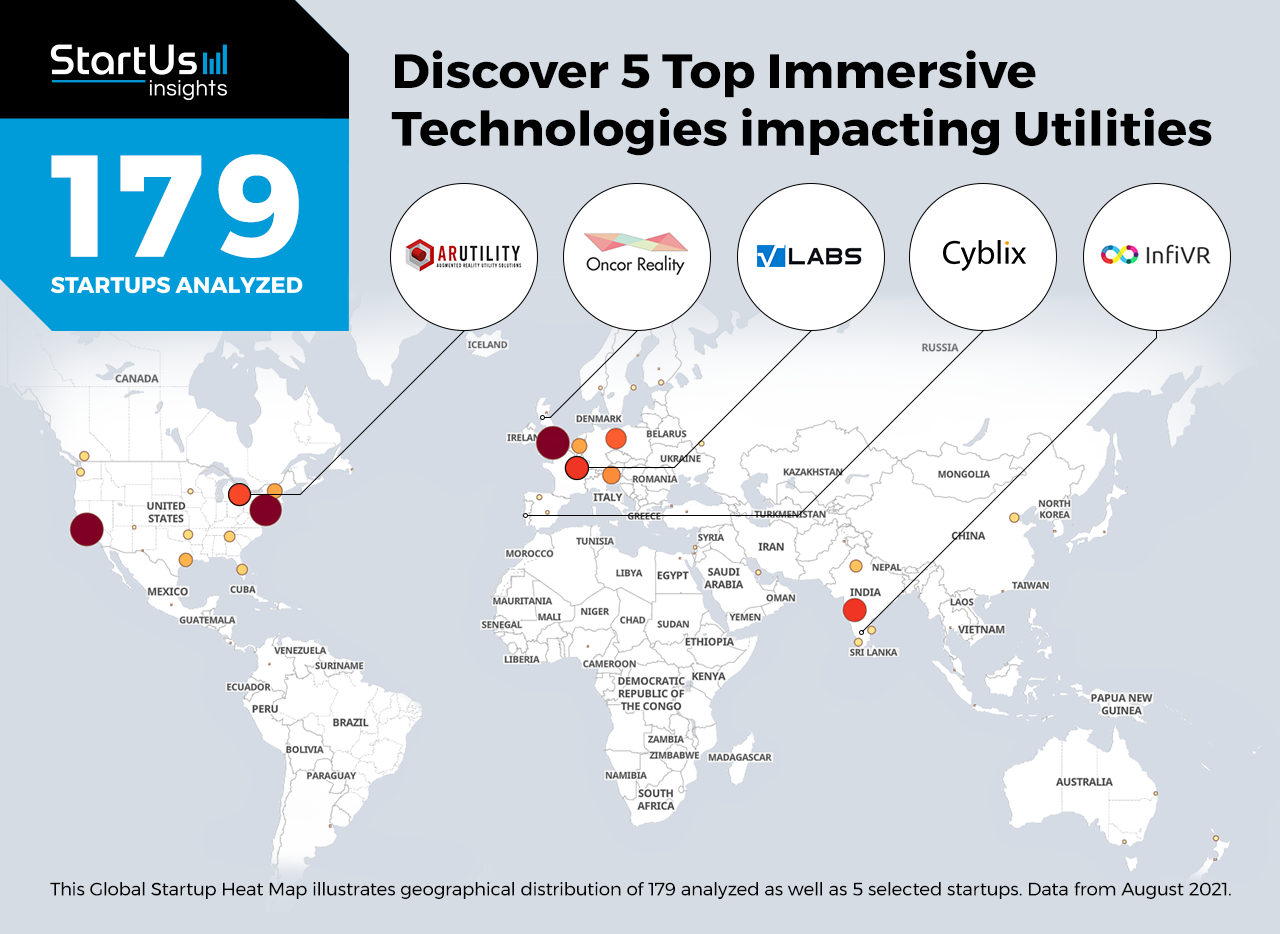

![Dive into the Top 10 Utilities Industry Trends & Innovations [2025]](https://www.startus-insights.com/wp-content/uploads/2025/04/Utilities-Industry-Trends-SharedImg-StartUs-Insights-noresize-420x236.webp)
![Dive into the Top 10 Water Management Trends & Innovations [2025]](https://www.startus-insights.com/wp-content/uploads/2025/04/Water-Management-Trends-SharedImg-StartUs-Insights-noresize-420x236.webp)

